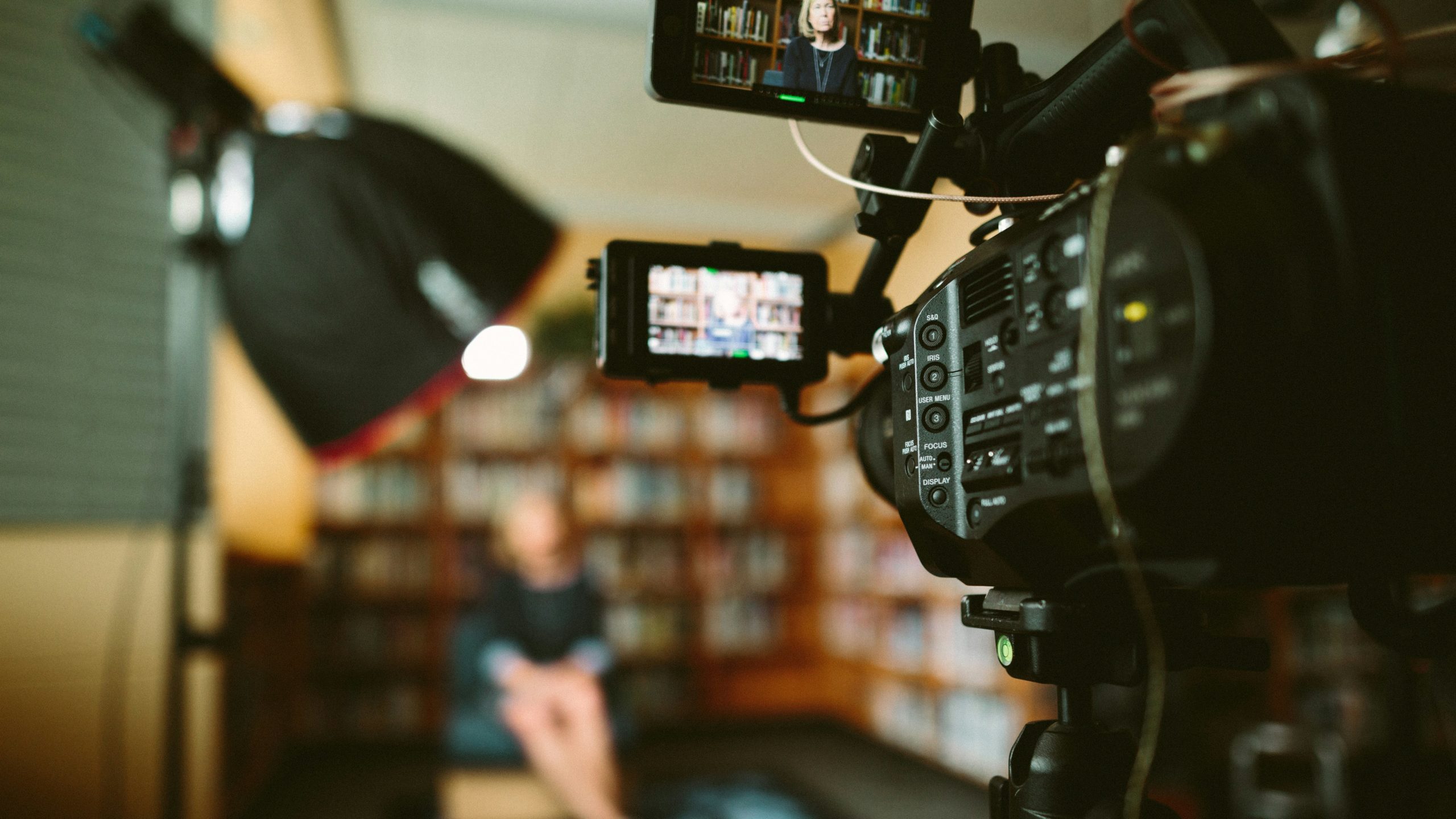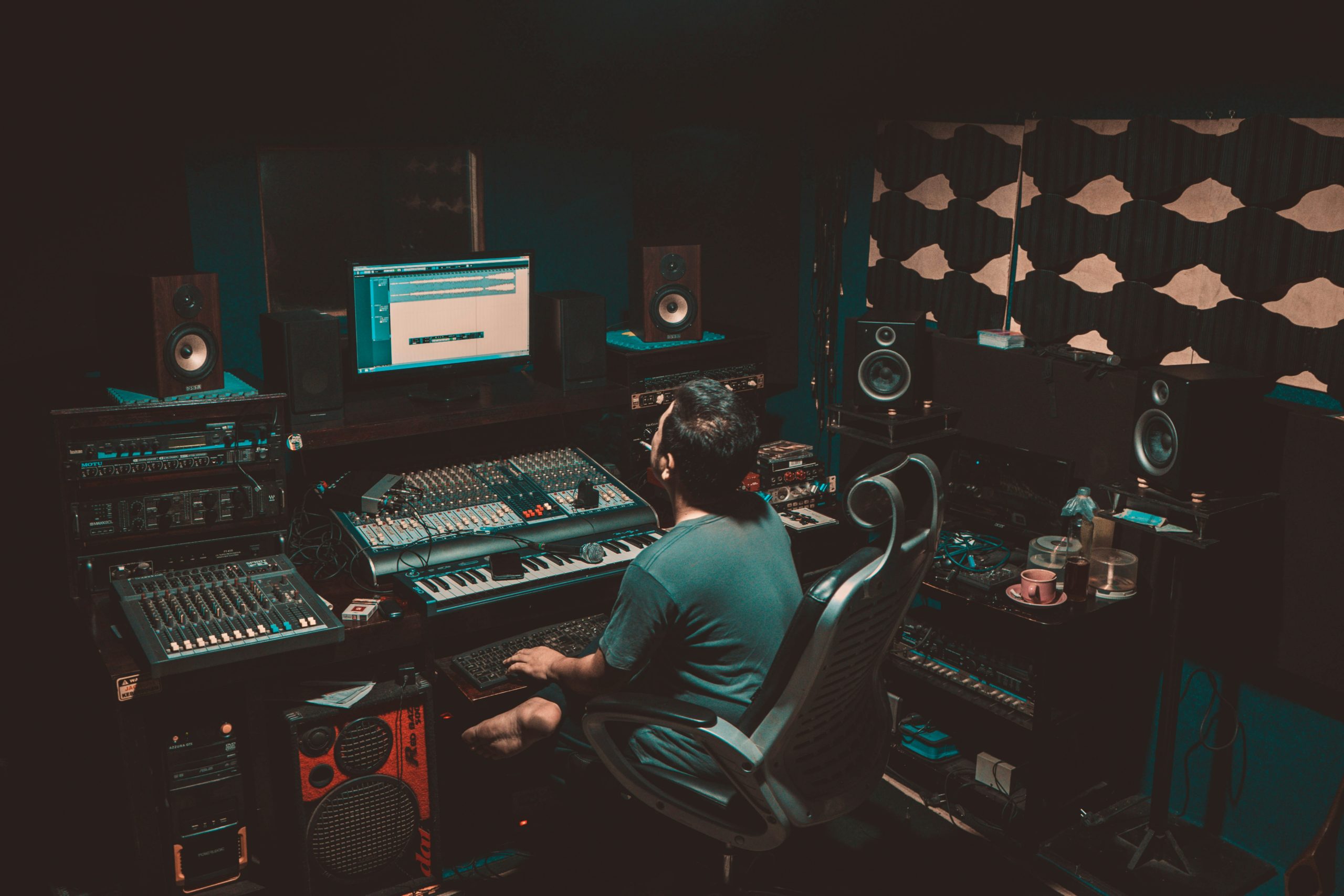Media Training is a specialized communications program designed to help a company’s spokesperson learn how to most effectively and impactfully interact with media. The ability to speak to media in a productive manner is not a skill that should be reserved for crisis communications. On the contrary, organizations that enable their spokespersons and executive leadership to develop media interview skills before media interview opportunities arise are more likely to successfully reach target audiences with core brand messaging.
As traditional media coverage still plays a significant role in influencing corporate reputation, shaping stakeholder perception, and impacting the bottom line, brands understand that the ability to effectively represent themselves is a non-negotiable in today’s competitive media landscape. While social media continues to aggressively compete with print, online and broadcast mediums as news sources, it should also be noted that traditional media interviews are still coveted opportunities to deliver targeted messages.
It should never be assumed that a spokesperson understands the nuances of a media interview just because he or she is well versed in their company’s key messages. Only with practice can one truly become comfortable with interacting with media in a way that is productive, positive and memorable. The purpose of Media Training is to help a company’s spokesperson learn how to develop compelling key messages, deliver sound bites and stay on message during a media interview.
Media Training should never follow a one-size-fits-all approach, but instead should be tailored to the company’s and the individual’s needs. A customized approach will enable a spokesperson to specifically apply the fundamentals of media relations to their company’s priorities, ensuring that they get the most out of any training. Social media trends as well as reputational risks associated with social media, should also be addressed.
Typically, Media Training will include the following with variations depending on the trainer and spokesperson’s priorities:
• Overview of the types of media, journalists, and method of communication for each
• Message development as well as non-verbal and verbal message delivery
• Instructions on how to control the narrative, including transitions and amid awkward silences
• Education on the most current media practices, e.g. Nothing is “off the record” and how to appropriately apply “On Background”
• Guidance on how to develop and deliver succinct language that can be distilled down into impactful sound bites
• List of helpful “Dos” and “Don’ts” to use when talking to reporters
• Step-by-step instruction for Zoom, Skype or other virtual meeting forums
• Appearance, including hair, make-up and wardrobe tips
Quality Media Training should create a supportive working environment that allows for constructive feedback while building confidence. There should be an understanding between trainer or coach and spokespersons that a savvy media relations expert doesn’t happen overnight. The adage “practice makes perfect” holds true for the learned skill that is mastering a media interview.



